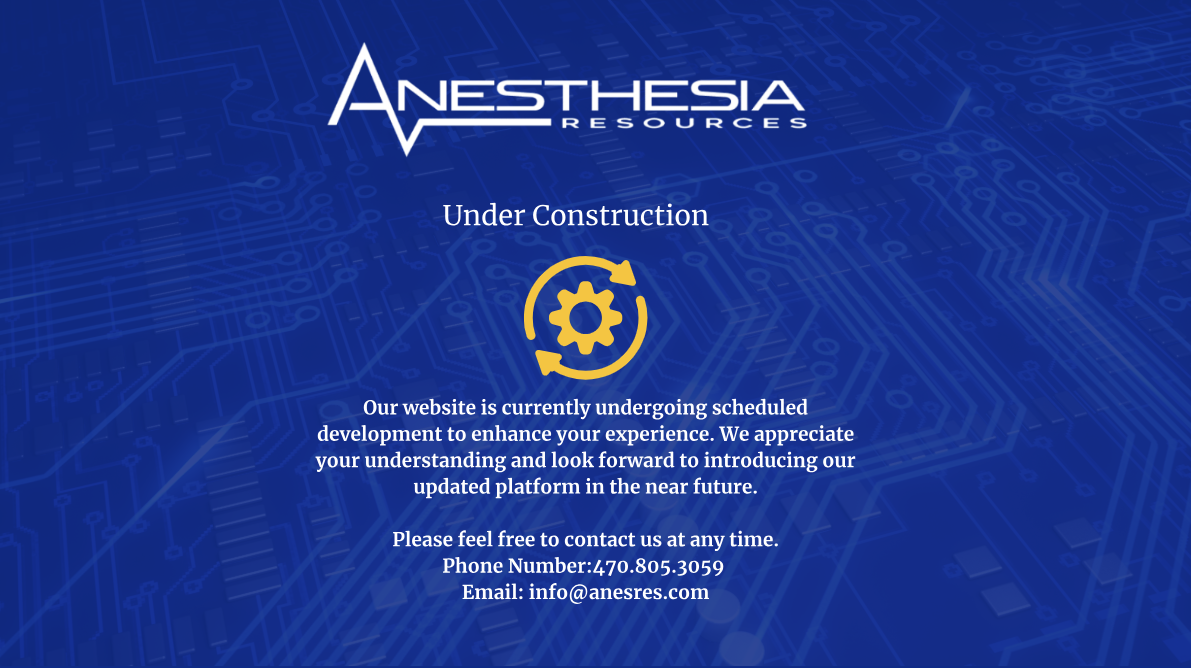HHS Issues Advisory Opinion on the “Company Model”
ASA was pleased to see that the Department of Health and Human Services Office of Inspector General (HHS-OIG) issued an Advisory Opinion (No. 12-06) on a “company model” arrangement and expressed the view that it could violate the federal anti-kickback statute. ASA has repeatedly brought this issue to the attention of the HHS-OIG and in February of this year sent formal communication to Inspector General Levinson outlining ASA’s concerns with the “company model.”
Under the “company model,” referring physicians, who typically also own the facility where surgical procedures are performed, form a separate anesthesia company in order to share in anesthesia revenue.
This Advisory Opinion was issued in response to a request submitted by an anesthesia practice (the “Requestor”) regarding two different proposed arrangements, both of which represented a departure from the current practice between the Requestor and the Centers.
Under Proposed Arrangement A, the Requestor would begin paying the Centers a per-patient fee, excluding Federal health care program patients, for “Management Services” such as paying for space in the referring physician’s facility and paying for the services of Center personnel to transfer billing documentation to the anesthesiologists’ billing office.
Under Proposed Arrangement B, the physician-owners would establish anesthesia companies and engage the Requestor as an independent contractor to provide anesthesia services, paying the Requestor a negotiated rate.
The HHS-OIG concluded that both arrangements posed regulatory concern.
- With regard to Proposed Arrangement A, the OIG stated:
Based on the facts presented here, we think there is risk that the Requestor would be paying the Management Services fees with regarding to non-Federal health care program patients to induce the Centers’ referral of all of its patients, including Federal health care program beneficiaries.
- With regard to Proposed Arrangement B, the OIG concluded:
Based on the facts presented here, it appears that Proposed Arrangement B is designed to permit the Centers’ physician-owners to do indirectly what they cannot do directly; that is, to receive compensation, in the form of a portion of the Requestor’s anesthesia services revenues, in return for their referrals to the Requestor. This conclusion is consistent with, and supported by, the Requestor’s representation that it is under competitive pressures to enter into the Proposed Arrangements to stem the loss of its business.
Significantly, under the “company model” (Proposed Arrangement B), even though the regulatory “safe harbors” might protect the payments to the Requestor (the anesthesiologists), the safe harbors would not protect the distribution of profits to the referring physicians.
HIPAA Mega-rule Due June 2012
The HIPAA mega-rule has reached its final hurdle and is expected to be released in June 2012.
The mega-rule will include:
- Changes to privacy and security rules the HITECH Act mandates
- Requirements for new enforcement and higher penalties
- Final regulations of HITECH Act’s breach notification rule
- Changes to HIPAA to incorporate Genetic Information Nondiscrimination Act
Just as you will have to adjust to the new provisions in the final rule, you will be under increased scrutiny to comply with them. The government is intensifying its enforcement to protect patients’ confidential health information due in large part to the increased number of security breaches that have resulted from the lack of staff training. Practices will have an arduous task incorporating all of the changes to avoid those HIPAA headaches and potential fines. The most proactive practices have begun to update privacy & security policies as well as re-train employees.


